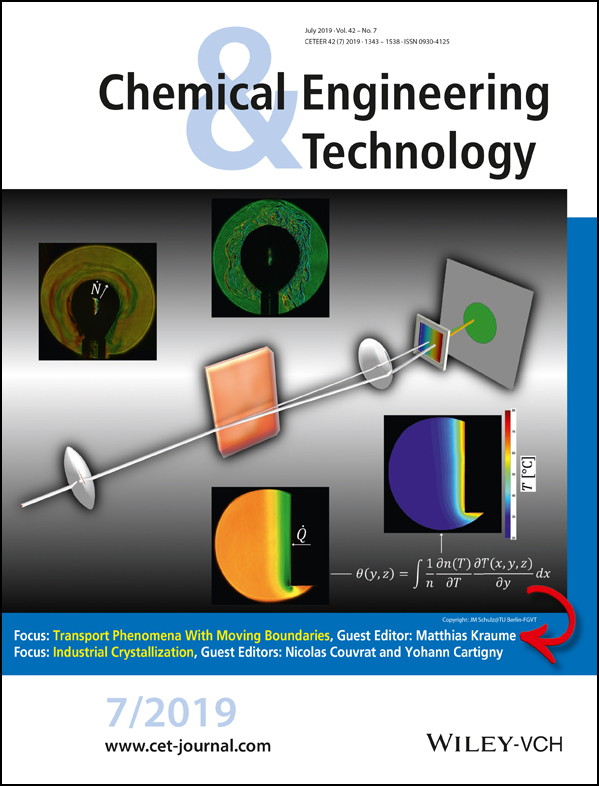Limitations of Preferential Enrichment: A Case Study on Tryptophan Ethyl Ester Hydrochloride
Abstract
Since eutomer and distomer show different biological effects, access to pure enantiomers is essential. Preferential enrichment is a relatively new process of chiral resolution developed in the 90s. Extension of its scope was attempted with tryptophan ethyl ester hydrochloride. This salt meets one of the most important requirements for preferential enrichment, namely, a larger solubility for the pure enantiomers with reference to the racemic compound. But, due to the absence of a solid solution, this salt cannot perform preferential enrichment. This impossibility was endorsed by semi-empirical molecular modeling.




